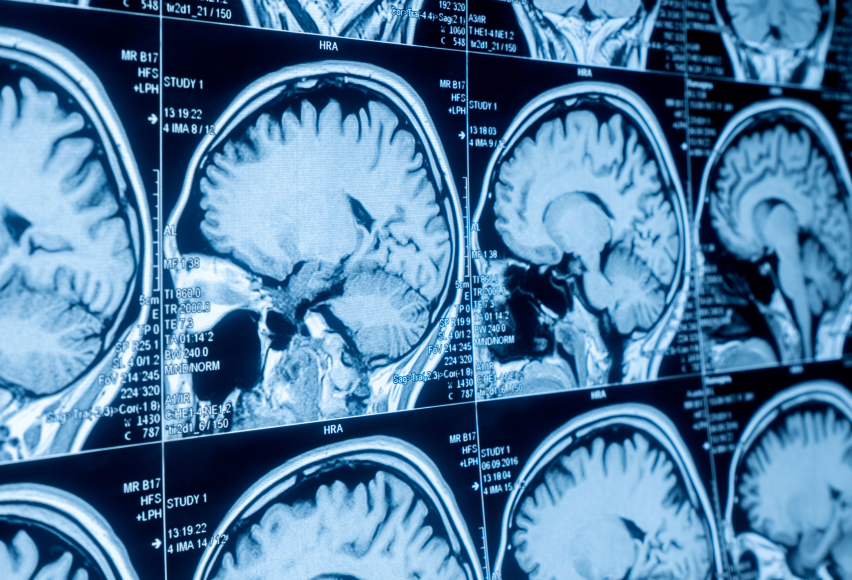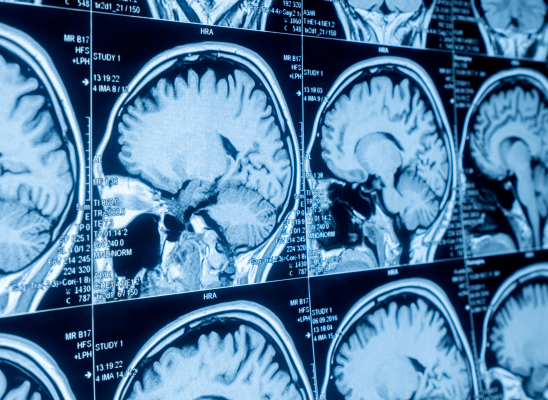
Online test
Find out the severity of your symptoms with this free online test
Transcranial Magnetic Stimulation (TMS) is an exciting and evolving treatment that’s making waves in the mental health field, particularly for Obsessive-Compulsive Disorder (OCD). While traditional treatments like Cognitive Behavioral Therapy (CBT), Exposure and Response Prevention (ERP), and medications such as selective serotonin reuptake inhibitors (SSRIs) are effective for many, there’s a significant number of individuals who don’t find relief through these methods. For them, TMS offers a beacon of hope.
TMS is a non-invasive procedure that uses magnetic fields to stimulate nerve cells in targeted areas of the brain. Initially developed and FDA-approved for treating depression, this innovative technique has shown promise in addressing the unique brain activity patterns associated with OCD. Over the years, researchers have increasingly turned their attention to TMS as a potential solution for those struggling with this condition. Let’s dive into what the current research reveals about TMS for OCD, its success rates, who it might work best for, and its pros and cons.
What is TMS, and How Does it Work for OCD?
TMS involves delivering repetitive magnetic pulses to specific brain areas to modulate neural activity. For OCD, the target is typically the dorsolateral prefrontal cortex or other regions of the brain associated with decision-making, emotional regulation, and the repetitive behaviors characteristic of OCD. By influencing these areas, TMS aims to reduce the intensity of obsessive thoughts and compulsive behaviors.
This procedure is typically conducted in outpatient settings, with patients undergoing daily sessions over several weeks. Unlike invasive treatments like deep brain stimulation, TMS is non-surgical and does not require anesthesia, making it more accessible for many individuals.
Success Rates of TMS for OCD
The success of TMS for OCD varies but shows promising outcomes for many individuals. Clinical trials and real-world applications reveal that 30% to 50% of patients experience significant symptom reductions after TMS treatment (Carmi et al., 2018). For example, a study by Blom et al. (2020) found that patients with treatment-resistant OCD reported a meaningful reduction in their Yale-Brown Obsessive-Compulsive Scale (Y-BOCS) scores after repetitive TMS (rTMS) therapy.
Although not a cure, TMS can provide substantial relief. It is particularly effective for patients with moderate to severe symptoms who have not responded to medications like SSRIs or therapies like Cognitive Behavioral Therapy (CBT). In one illustrative case, a 35-year-old patient with long-standing OCD found their compulsive behaviors reduced by half after six weeks of TMS sessions, enabling them to engage more effectively in daily activities and therapy.
Who Might Be a Candidate for TMS?
TMS is not for everyone, but it can be a game-changer for the right candidates. It’s often recommended for individuals who:
- Have Treatment-Resistant OCD: Patients who haven’t responded to traditional treatments like SSRIs or CBT are prime candidates.
- Prefer Non-Medication Options: Some people avoid medications due to side effects like weight gain, fatigue, or diminished libido. TMS offers a drug-free alternative.
- Experience Moderate to Severe OCD Symptoms: Those with chronic symptoms impacting their quality of life may find TMS beneficial.
- Have No Medical Contraindications: Individuals without metal implants in their heads or severe neurological conditions may safely undergo TMS.
Who Might NOT Be a Candidate for TMS?
While TMS offers numerous benefits, it’s not suitable for everyone. Individuals who might not qualify include:
- People with Metal Implants: Metal objects in or near the head, such as pacemakers, cochlear implants, or aneurysm clips, could interact with the magnetic pulses, making TMS unsafe.
- Pregnant Individuals: Due to insufficient research on TMS safety during pregnancy, it’s generally avoided in this group.
- Patients with Severe Psychiatric Conditions: Those with severe psychosis or other complex disorders may not benefit from TMS.
- Epilepsy Patients: The risk of seizures, while low, is higher for individuals with a history of epilepsy.
Pros of TMS for OCD
TMS boasts several advantages that make it appealing as a treatment option:
- Non-Invasive and Painless: The procedure does not involve surgery or anesthesia, and most patients report only mild discomfort during sessions.
- No Systemic Side Effects: Unlike medications, TMS does not cause side effects like weight gain, nausea, or fatigue.
- FDA-Approved for Depression: While TMS is not yet universally approved for OCD, its success in treating depression has paved the way for expanded applications.
- Works with Other Treatments: TMS can complement ongoing medication or therapy, offering a multifaceted approach to symptom management.
Cons of TMS for OCD
Despite its promise, TMS has limitations that should be considered carefully:
- High Cost: TMS sessions can be expensive, often ranging from $6,000 to $12,000 for a full treatment course. Insurance coverage varies, adding a financial burden for many.
- Time Commitment: Treatment typically requires daily sessions over four to six weeks, which can be challenging for those with demanding schedules.
- Limited Availability: TMS centers are not available everywhere, making access a hurdle for some patients.
- Mixed Long-Term Efficacy: While short-term results are encouraging, more research is needed to confirm long-term benefits.
- Mild Side Effects: Some patients report headaches, dizziness, or scalp discomfort after sessions, although these effects are usually temporary.
Best Practices for TMS in OCD Treatment
When considering TMS, it’s essential to consult a qualified medical professional. They will evaluate your medical history, symptoms, and previous treatment responses to determine if TMS is appropriate. Combining TMS with ongoing therapy, such as CBT or ERP, often enhances outcomes, as therapy helps patients develop strategies to manage residual symptoms.
Furthermore, setting realistic expectations is crucial. TMS is not a cure but a tool to reduce symptom severity and improve quality of life. Regular follow-ups and possibly booster sessions may be necessary to maintain progress.
Conclusion
TMS represents a beacon of hope for individuals with OCD who have not found relief through traditional treatments. By targeting specific brain regions, TMS helps reduce the intensity of obsessive thoughts and compulsive behaviors, enabling patients to regain control of their lives. While its success rates vary, many individuals report significant symptom improvements, making it a worthwhile consideration for treatment-resistant OCD.
However, TMS is not without its challenges. From high costs to limited availability, prospective patients must weigh the pros and cons carefully. For those who meet the criteria, TMS offers a promising avenue for symptom relief and improved quality of life. As research continues to evolve, TMS may become an increasingly integral part of OCD treatment plans.
References
- Blom, R. M., Figee, M., Vulink, N., & Denys, D. (2020). Transcranial magnetic stimulation in obsessive-compulsive disorder. Biological Psychiatry, 87(1), 111-118. https://doi.org/10.1016/j.biopsych.2020.02.019
- Carmi, L., Tendler, A., Bystritsky, A., Hollander, E., & Zohar, J. (2018). Efficacy and safety of deep transcranial magnetic stimulation for obsessive-compulsive disorder. The American Journal of Psychiatry, 175(11), 1116-1125. https://doi.org/10.1176/appi.ajp.2018.17070718
- Rachid, F. (2017). Repetitive transcranial magnetic stimulation and treatment-resistant obsessive-compulsive disorder. Progress in Neuro-Psychopharmacology & Biological Psychiatry, 81(1), 120-128. https://doi.org/10.1016/j.pnpbp.2017.10.010
- Rosenberg, D. R., MacMaster, F. P., & Keshavan, M. S. (2015). Neurotherapeutics for obsessive-compulsive disorder. Current Neuropharmacology, 13(1), 68-81. https://doi.org/10.2174/1570159X13666141210214727
- Shin, M. S., & Jang, H. H. (2019). Long-term effects of repetitive TMS in OCD. Brain Stimulation, 12(3), 615-622. https://doi.org/10.1016/j.brs.2018.12.019
Online test
Find out the severity of your symptoms with this free online test
Start your journey with StopOCD
Take control of your life and find freedom from OCD through professional therapy and evidence-based cognitive behavioral techniques.
Start Now



